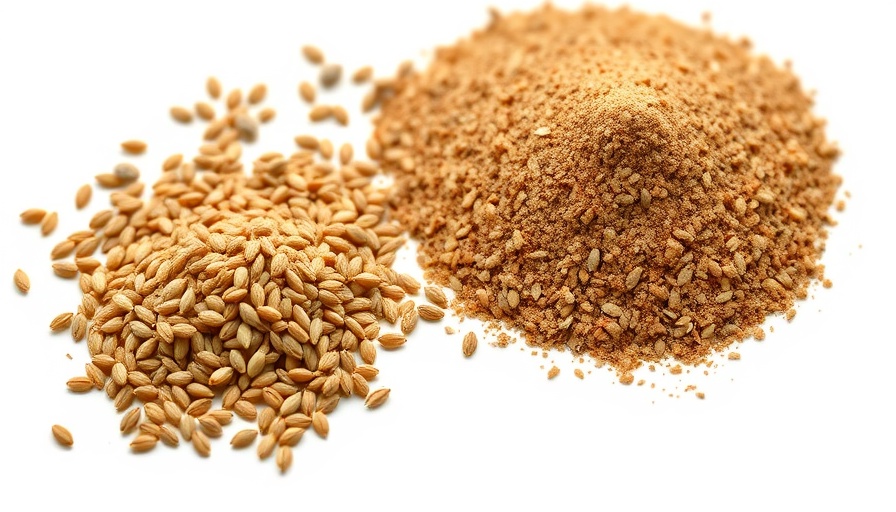
Understanding Sarcopenia: The Silent Muscle Thief
While many focus on preserving cognitive function and bone health as they age, one crucial aspect often overlooked is muscle health. Sarcopenia, the age-related loss of muscle mass and function, quietly affects individuals starting as early as their 30s. Research reveals that muscle mass can decline by 3-8% each decade, especially accelerating past age 60. This decline not only hampers daily activities but also increases the risk of falls, fractures, and diminished independence.
Why Muscle Matters: The Cost of Losing Strength
Sarcopenia significantly alters daily living; simple actions—like carrying groceries or climbing stairs—can become strenuous. With strong muscles, you can accomplish everyday tasks more efficiently and enjoy a robust lifestyle. The role of muscle extends beyond strength—it helps in burning calories, regulating metabolism, and even improving heart health. Those who maintain muscle strength are better equipped to live independently, reducing their risk of severe health complications like osteoporosis and cognitive decline.
Simple Strategies to Combat Muscle Loss
Fortunately, you can take proactive steps to maintain or even build muscle mass regardless of your age. A pivotal strategy is measuring grip strength, an effective indicator of overall muscle function. Research shows stronger grip correlates with lower risks for cardiovascular issues, highlighting the intertwining of muscle health with overall wellness. Here are effective methods to nurture muscle:
- Prioritize Protein: A diet rich in lean proteins, healthy fats, and whole grains is vital. Aim for 1-1.2 grams of protein per kilogram of body weight to foster muscle repair and growth. Foods like chicken, fish, legumes, and nuts should be staples in your meals.
- Incorporate Strength Training: Regular strength exercises—using weights, resistance bands, or body weight—can be transformative. Those over 65 can significantly benefit from strength training, seeing greater muscle gains compared to younger individuals.
- Stay Active: Consistency is key; aim for two to three sessions weekly. Activities that challenge balance, such as standing exercises, not only enhance muscle strength but also improve coordination.
Future Insights: The Role of Technology in Muscle Health
Looking ahead, advancements in wearable technology and fitness trackers may offer more personalized insights into muscle health. As our understanding of sarcopenia evolves, integrating tech into fitness routines provides opportunities for tailored strength training programs, promoting greater adherence and effectiveness. By staying informed and proactive, individuals can navigate the challenges of aging with confidence and strength.
Thinking of your health journey? Start by evaluating your muscle health today. Coupling the information in this article with action can lead to a stronger, healthier future. Remember, while aging is inevitable, losing muscle doesn't have to be!
 Add Row
Add Row  Add
Add 




Write A Comment